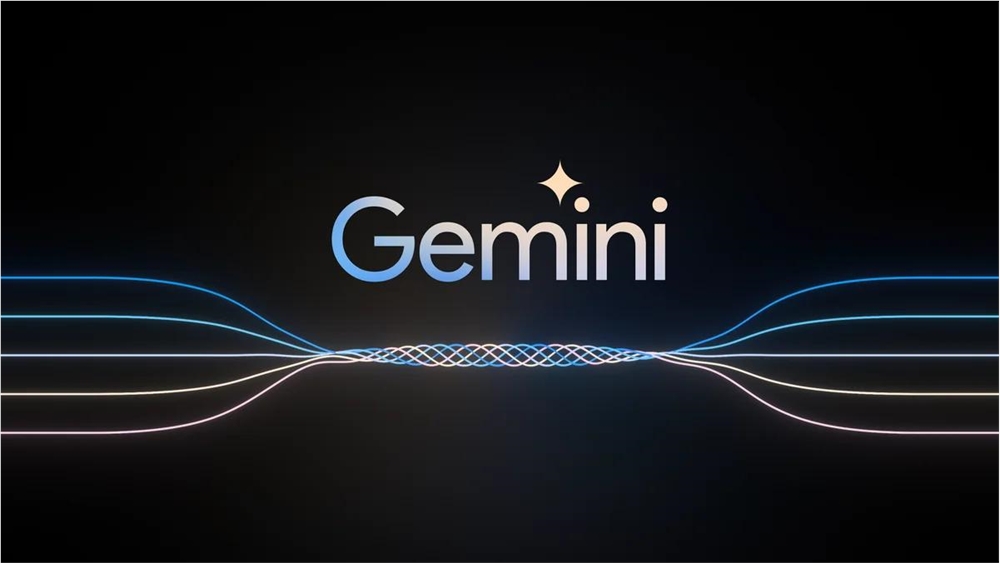Google’s Gemini Large Language Model (LLM) has shown amazing potential in just six months, especially in the health field. Its derivative model, PH-LLM, is designed for processing wearable device data and outperforms even seasoned experts in sleep and fitness recommendations. This article will delve into the outstanding performance of PH-LLM, its limitations, and future development directions.
Google's Gemini model is only six months old and has already demonstrated impressive capabilities in security, coding, debugging and other fields. Of course, it has also shown serious limitations. However, this large language model (LLM) outperformed humans on sleep and fitness recommendations. Researchers at Google have unveiled the Personal Health Large Language Model (PH-LLM), a finely tuned version of Gemini that can understand and reason about time-series personal health data from wearable devices such as smartwatches and heart rate monitors. In their experiments, the model answered and predicted questions significantly better than experts with years of experience in the health and fitness field.

Wearable technology can help people monitor their health and, ideally, make meaningful changes. The devices provide a "rich and long-term source of data" that can be "passively and continuously acquired" from inputs such as exercise and food logs, mood diaries, and sometimes even social media activity. However, the data they capture on sleep, physical activity, cardiometabolic health, and stress are rarely integrated into “piecemeal” clinical settings. The researchers speculate that this is likely because the data is captured with a lack of context and requires a lot of computing to store and analyze. In addition, interpretation of these data can be difficult.
However, researchers at Google have made breakthroughs in training PH-LLM models to provide recommendations, answer professional exam questions, and predict self-reported sleep disturbance and sleep disorder outcomes. The model was given multiple-choice questions, and the researchers also used "thought chaining" (imitating human reasoning) and "zero-shot" methods (identifying previously unencountered objects and concepts).
Impressively, PH-LLM achieved a score of 79% on the sleep exam and 88% on the fitness exam, both of which exceeded the average score of a sample of human expert groups, including five professional athletic trainers (average experience 13.8 years) and five sleep medicine specialists (average experience 25 years). The average scores of human experts on fitness and sleep were 71% and 76% respectively.
"While further development and evaluation work is needed in the personal health domain, these results demonstrate the broad knowledge base and capabilities of the Gemini model," the researchers noted.
To achieve these results, the researchers first created and curated three datasets to test personalized insights and recommendations from wearable devices, domain expertise, and predictions of self-reported sleep quality. They worked with domain experts to create 857 case studies that represent real-life scenarios in the sleep and fitness fields. Sleep Scenes use individual metrics to identify underlying factors and provide personalized recommendations to help improve sleep quality. Fitness tasks use information from training, sleep, health metrics and user feedback to develop recommendations for the intensity of physical activity for a given day.
Both case studies include wearable sensor data, including sleep data for up to 29 days and fitness data for over 30 days, along with demographic information (age and gender) and expert analysis.
Although the researchers note that PH-LLM is just the beginning, like any emerging technology, it still has some issues to solve. For example, the responses generated by the model are not always consistent, there is a fiction of "significant difference" in the case studies, and the LLM sometimes appears conservative or cautious in its responses. In the fitness case study, the model was very sensitive to overtraining, and in one case, human experts noted that it failed to identify potential causes of injury from sleep deprivation. Additionally, the case studies broadly cover a variety of demographics and relatively active individuals and therefore may not be fully representative of the population or address broader sleep and fitness issues.
In conclusion, the application of PH-LLM in the personal health field shows great potential but still needs further improvement. Future research should focus on its consistency, robustness, and applicability to a wider population to ensure its safe and effective application in actual scenarios.